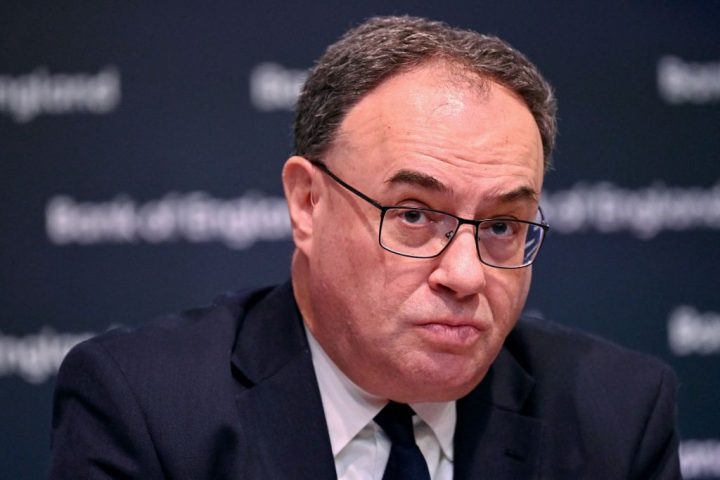Despite this week’s inflation update, broad consensus remains that the headline rate is going to fall – significantly – this year. One of those people is the governor of the Bank of England. Andrew Bailey has told Media Wales that ‘a corner has been turned’ on those price hikes, as it appears the consumer prices index (CPI) has peaked and is now on a downwards trajectory.
Bailey, ever the optimist, has a bad track record on these kinds of predictions. Having insisted for the better part of 2021 that inflation would simply be ‘transitory’, he and the Bank underestimated price hikes at almost turn, always playing catch-up with interest rate hikes. But while the double-digit inflation rate is, in part, Bailey’s responsibility, his predictions for inflation are now backed up by other major institutions. The Office for Budget Responsibility, the CBI, and indeed the government are saying the same – the latter is so confident about inflation coming down that Rishi Sunak and Jeremy Hunt are actually trying to take credit for it, despite the headline rate so largely out of their control.
So the question now is just how quickly that headline figure falls, and how much more pain is experienced along the way. While prices may be falling, other data suggests that the financial impact of both inflation and stagnant growth is catching up with consumers. Today’s retail update from the Office for National Statistics shows sales falling 1 per cent on the month in December, as the cost-of-living crunch takes its toll. Sale volumes were down for both food stores and non-food stores, suggesting more prudent spending habits across the board (and no doubt impacted by the further rise in food prices, up a staggering 16.8 per cent on the year in December).
This sales dip may well worsen as interest rates continue to rise. Market expectation remains for rates to peak around 4.5 per cent, up from 3.5 per cent currently – Bailey said nothing to Media Wales to suggest another rise to the base rate wasn’t coming next month. With inflation still in double digits, the Bank remains under pressure to signal it is serious about tackling this, especially having failed to get a grip on the situation for so long. But this also means that the knock-on effects of high prices and rising interest rates are going to be with us for a while longer. In short: even if the headline stats move in the right direction, there is no guarantee people will feel better off.







Comments